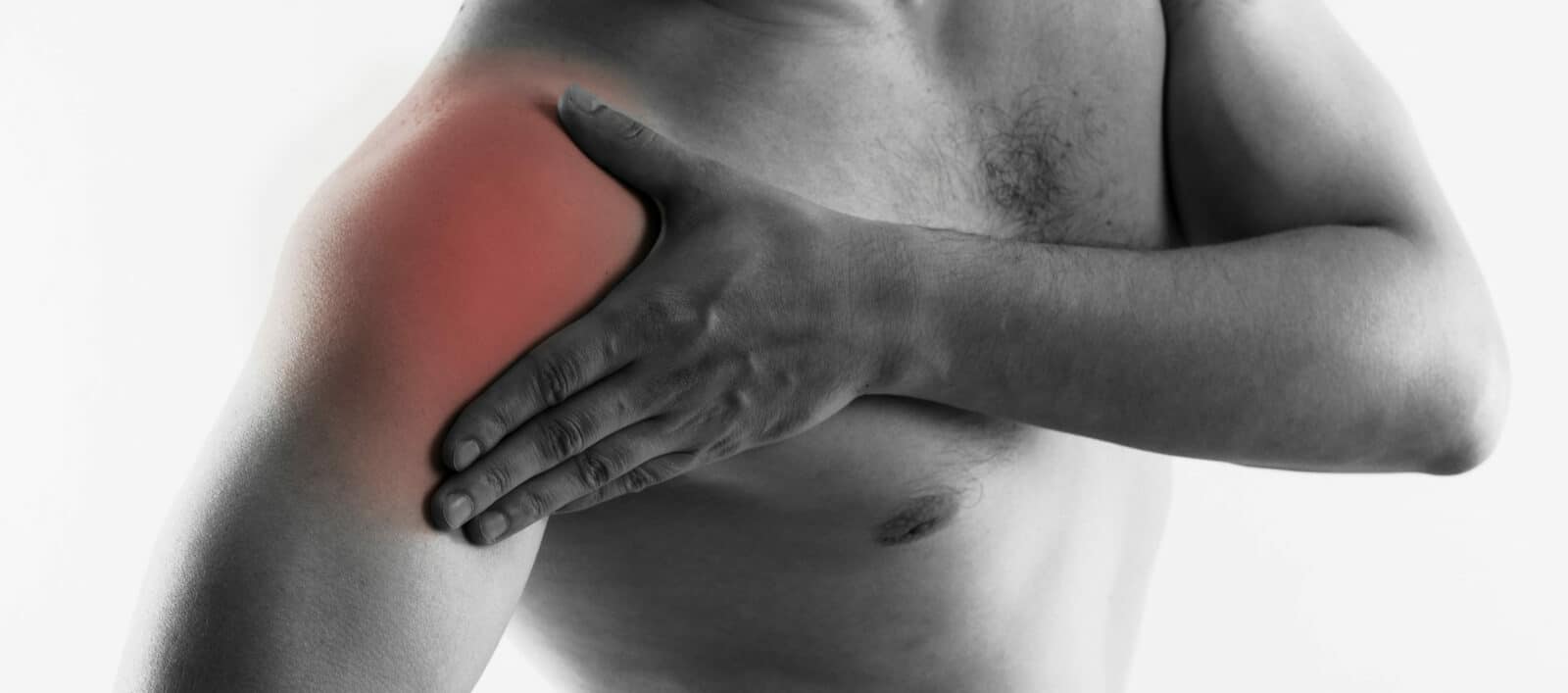The natural development of the calcific tendonitis
Depending on the case, the deposit may or may not increase in size; it may be limited to a single site or spread to other areas. During the “coalescence” phase which can last from several months to several years, calcific tendonitis is not painful.
A “resorptive” phase then follows: the tendon on which the calcification has formed will start trying to eliminate it. This is a very painful phase, but paradoxically it usually means that the calcification is disappearing.
Chronic cases of calcific tendonitis
However, sometimes the tendon does not succeed in eliminating the calcification naturally. The patient then moves into the “acute calcification” phase, and the inflammation and pain become chronic.
During certain movements involving the joint, calcific tendonitis can affect the acromion, part of the scapula which forms an arch above the joint. This causes pain which may even be felt at rest.
In certain cases surgery may be required. The calcium deposits on the tendons are removed by arthroscopic surgery without opening the joint.

